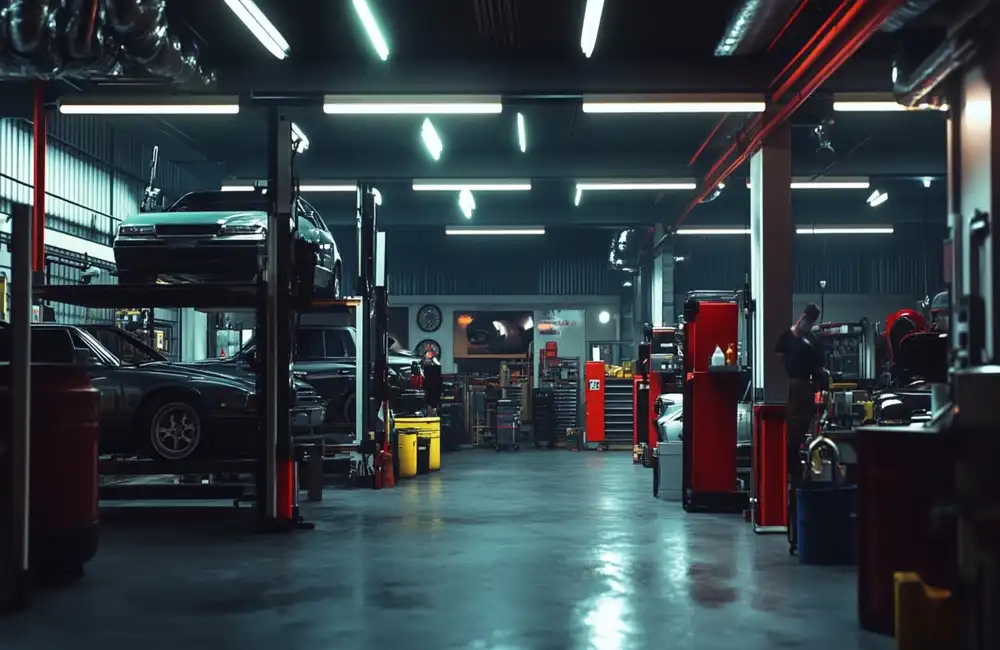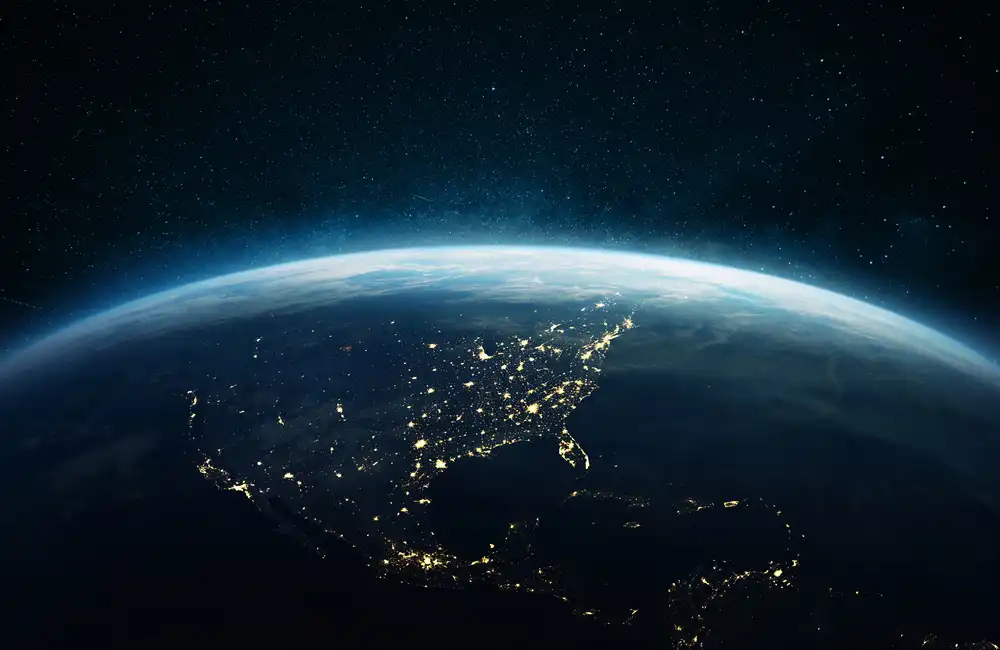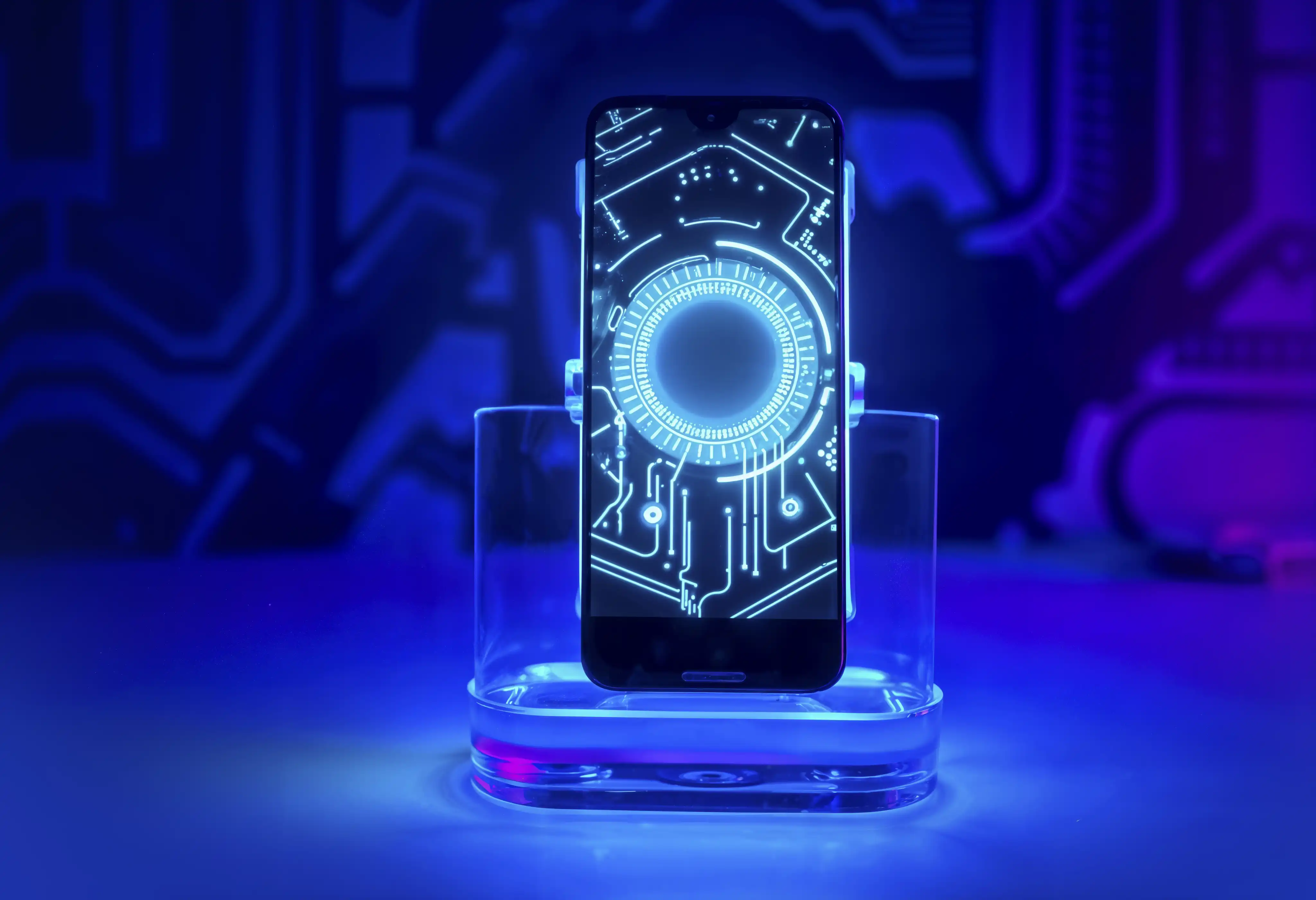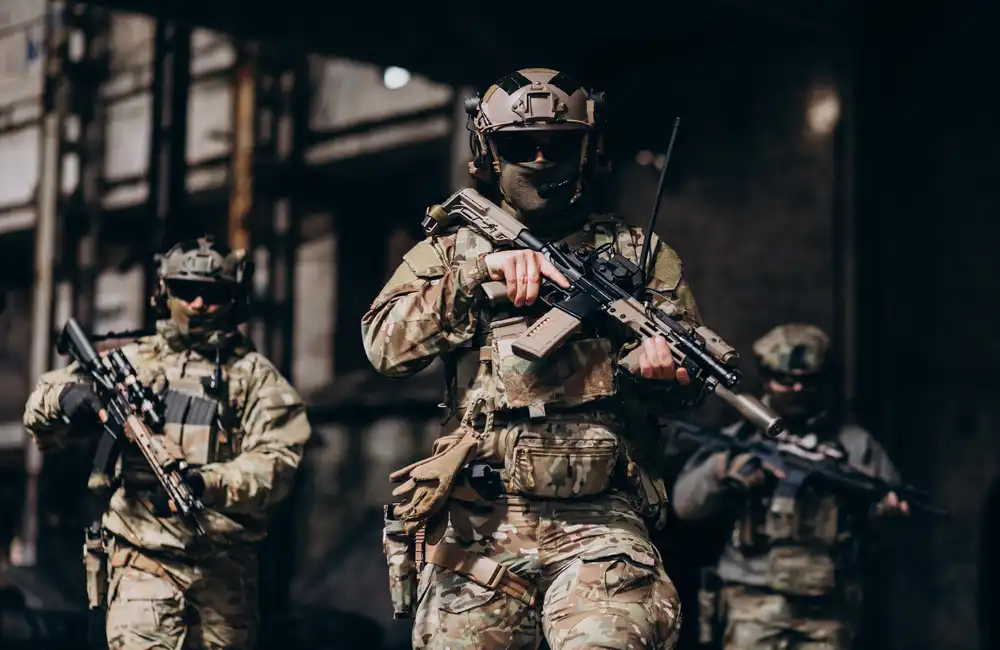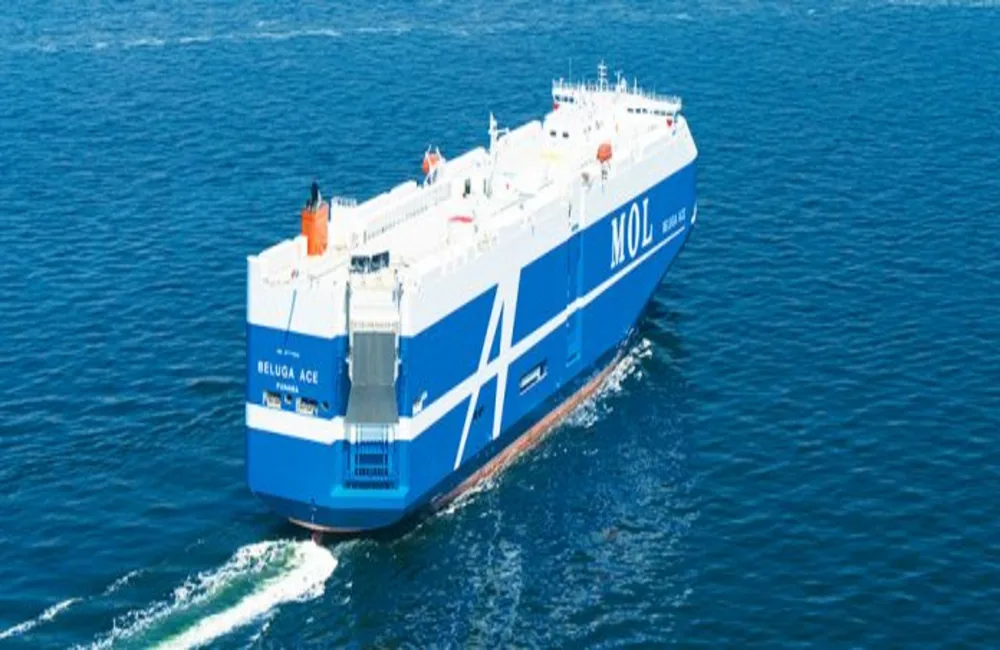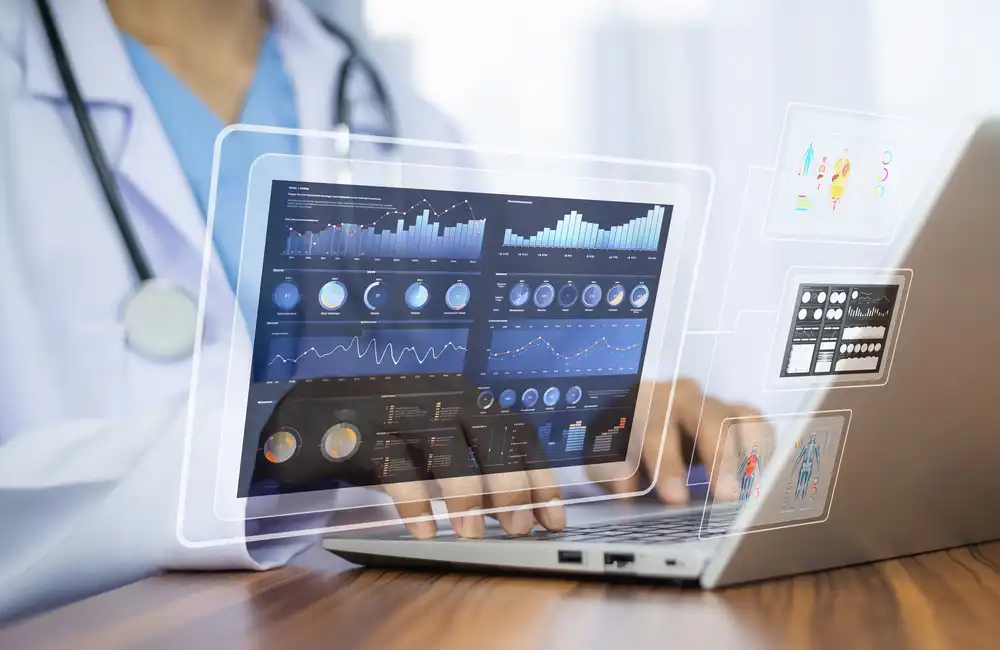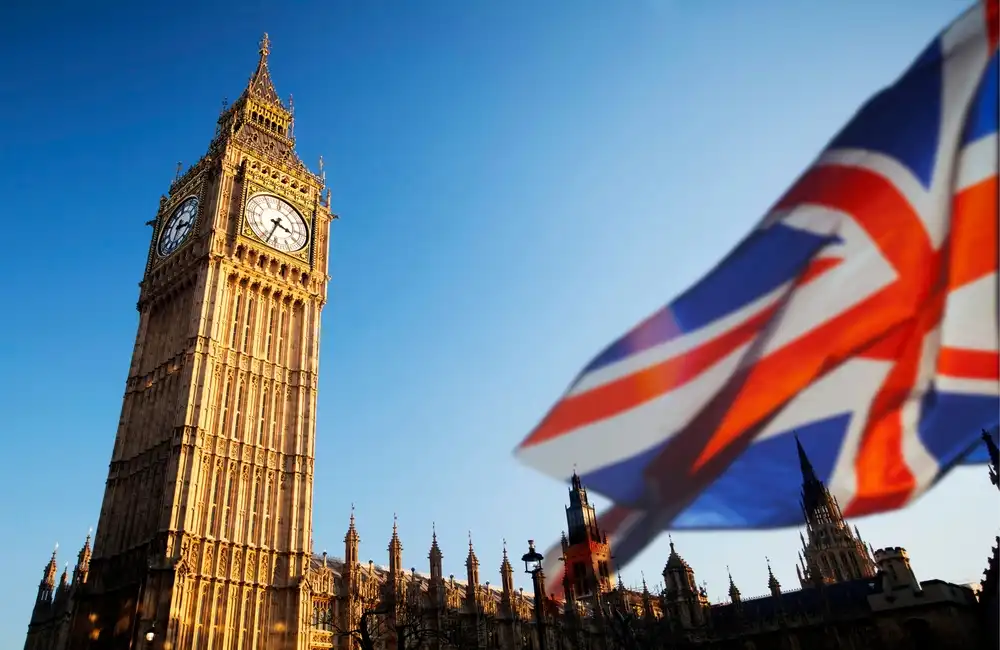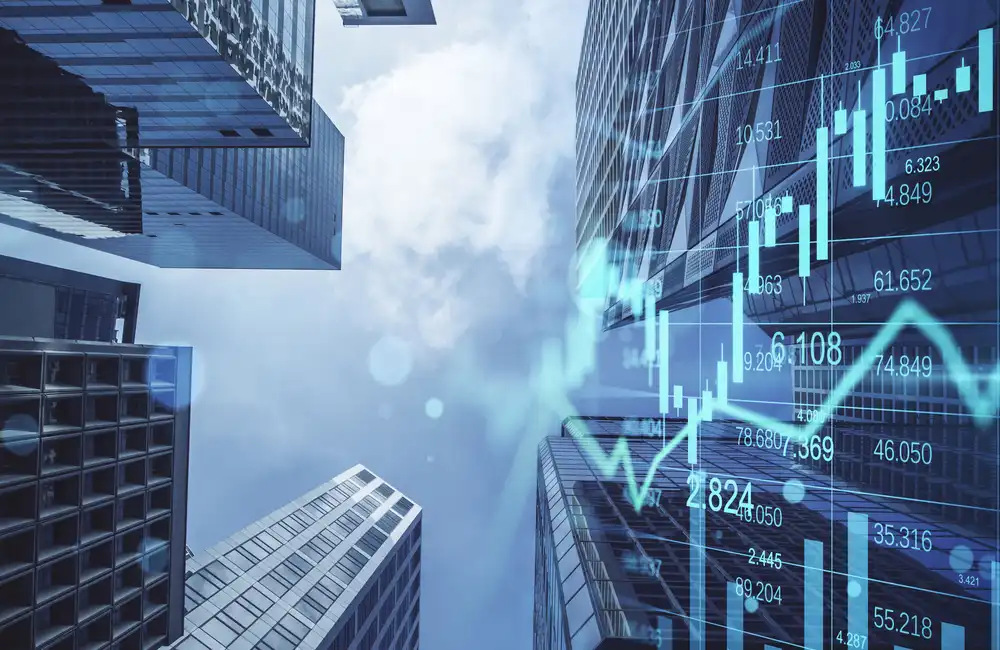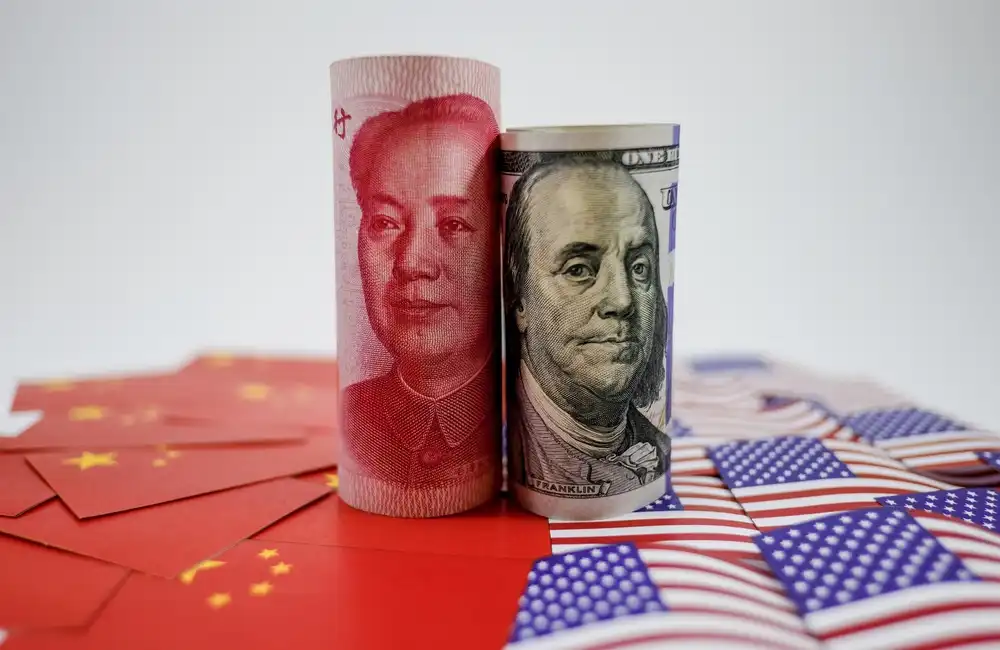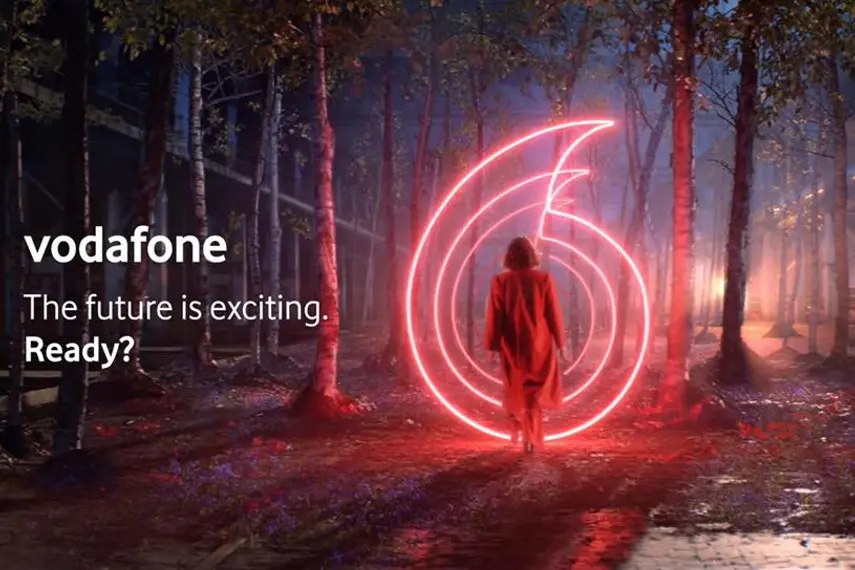Japan-based Mitsui O.S.K. Lines on May 9 announced an agreement with Nihon Shipyard Co. and Shin Kurushima Dockyard Co. to construct four 7,000-unit capacity latest car carriers that operate on LNG under MOL’s goal to operate 90 LNG-painted boats by 2030.
MOL Group Environmental Vision 2.1
The measure is one of the aspects of MOL Group Environmental Vision 2.1, as more efforts are being made to achieve net-zero greenhouse gas emissions in a sustainable way.
"The new carriers follow a series of four LNG-fueled car carriers, which will be delivered in 2024, and form a second series of vessels of that type," MOL said in the statement, adding that the latest order would bring its total number of LNG-fueled car carrier orders to eight.
Contract with Clean Air Engineering Maritime Inc
MOL announced on May 10 that it had signed a contract with US-based Clean Air Engineering Maritime Inc, a company specializing in treating exhaust from ship-auxiliary generators, to develop new-generation marine exhaust treatment systems. These systems will be used on car carriers operated by MOL from 2025 to contain air pollution in compliance with California law.
“Following the ‘At-Berth Regulation’ enforced by the California Air Resources Board, which regulates the emission of exhaust from diesel auxiliary engines on certain classes of ships arriving at California ports in the U.S., regulated ships calling in this state are mandated to reduce the amount of air pollutants emitted during their mooring at ports,” MOL stated.
Regulations began in 2007 for container ships, with car carriers coming under the regulations starting in 2025.
Initiatives on Sustainable Shipping
In 2021, MOL signed an order for the construction of LPG-fueled very large gas carriers for the transportation of LPG and ammonia. In February, the company completed a concept study on an ammonia floating storage and regasification unit and began working on alternative fuels development.
MOL announced on February 1 that it had finished developing a hard sail system at the Oshima shipyard as part of its "Wind Challenger" project, which aims to harness wind for propulsive force for merchant ships.
Additionally, MOL partnered with other maritime players to build Japan's first domestic methanol-fueled tanker in March. In early April, MOL announced that its subsidiary MOLCT, global commodity trading company Trafigura, and its joint-venture company TFG Marine, which resupplies vessels, signed an agreement for a joint study regarding the full-scale supply of biodiesel fuel.
As part of the joint study, the firms conducted a sea trial using biodiesel fuel supplied by TFG Marine on the MOLCT-operated chemical tanker Niseko Galaxy. MOL did not provide further details on the trial but noted that roughly 200 mt of biodiesel fuel were bunkered at the Port of Rotterdam in the Netherlands in early March.
The biodiesel fuel is expected to achieve a 25%-30% reduction in CO2 emissions when blended with 30% biodiesel and 70% conventional heavy fuel oil, according to MOL.
Asahi: The World’s First Pure Battery Tanker
Asahi, the world’s first pure battery tanker, bunkered fuel for an MOL-operated car carrier at Yokohama on April 26. Lithium-ion batteries developed by Asahi powered all operations of the ship, including cargo handling, berthing, unberthing, and navigation.


